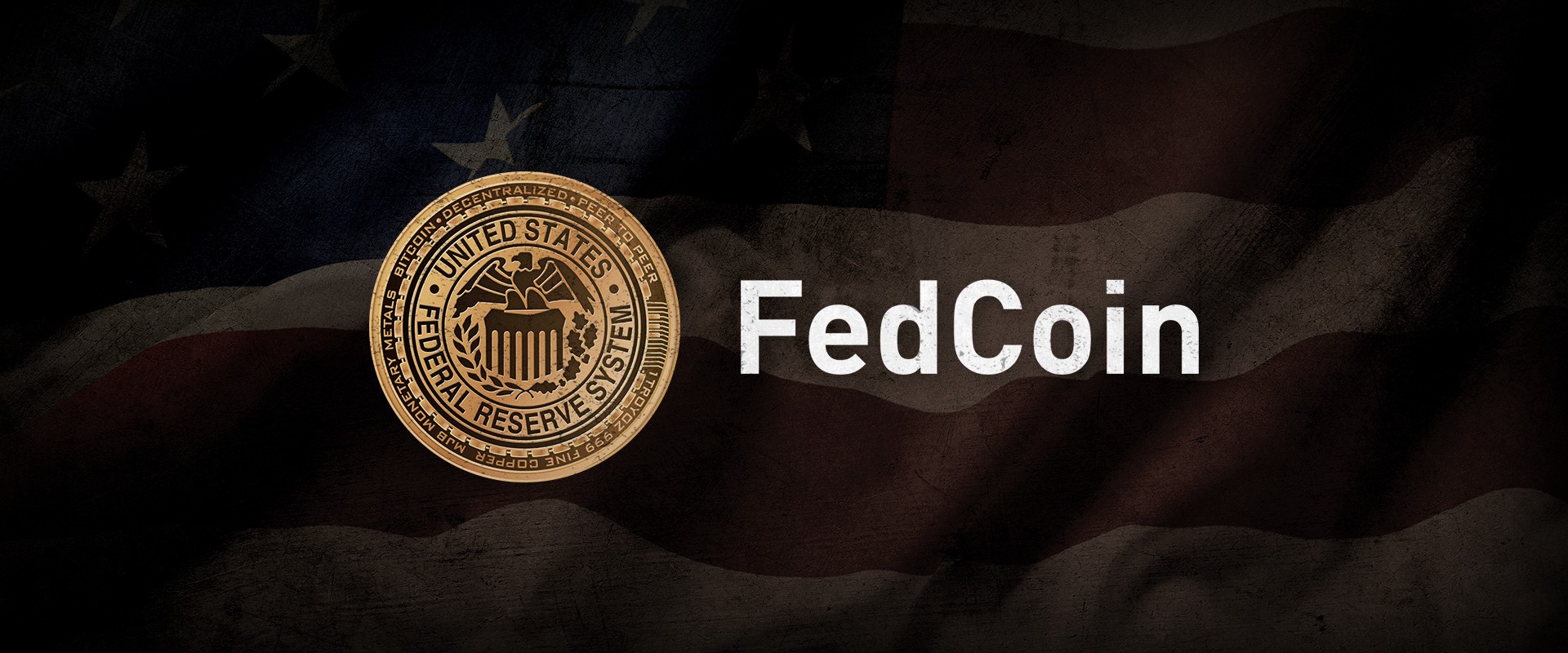PALO ALTO, Calif. (Reuters) - The Federal Reserve is looking at a broad variety of issues around digital payments and currencies, consisting of policy, design and legal factors to consider around possibly providing its own digital currency, Governor Lael Brainard said on Wednesday. Brainard's remarks recommend more openness to the possibility of a Fed-issued digital coin than in the past." By transforming payments, digitalization has the potential to provide higher value and convenience at lower expense," Brainard said at a conference on payments at the Stanford Graduate School of Business.
Reserve banks internationally are disputing how to manage digital financing innovation and Visit website the dispersed journal systems utilized by bitcoin, which assures near-instantaneous payment at possibly low cost. The Fed is developing its own day-and-night real-time payments and settlement service and is presently reviewing 200 remark letters Check out this site sent late in 2015 about the proposed service's design and scope, Brainard stated.

Less than two years ago Brainard told a conference in San Francisco that there is "no engaging demonstrated requirement" for such a coin. However that was prior to the scope of Facebook's digital currency aspirations were commonly known. Fed officials, including Brainard, have raised issues about consumer protections and information and personal privacy threats that could be positioned by a currency that might enter usage by the 3rd of the world's population that have Facebook accounts.
" We are working together with other central banks as we advance our understanding of reserve bank digital currencies," she stated. With more nations looking into releasing their own digital currencies, Brainard said, that contributes to "a set of reasons to also be making sure that we are that frontier of both research and policy development." In the United States, Brainard said, issues that need study consist of whether a digital currency would make the payments system more secure or easier, and whether it could pose monetary stability risks, including the possibility of bank runs if money can be turned "with a single swipe" into the reserve bank's digital currency.
To counter the financial damage from America's unmatched national lockdown, the Federal Reserve has taken unmatched steps, including flooding the economy with dollars and investing straight in the economy. The majority of these moves received grudging acceptance even from lots of Fed skeptics, as they saw this stimulus as required and Visit the website something only the Fed might do.
My new CEI report, "Government-Run Payment Systems Are Unsafe at Any Speed: The Case Against Fedcoin and FedNow," details the threats of the Fed's current strategies for its FedNow real-time payment system, and proposals for main bank-issued cryptocurrency that have actually been called Fedcoin or the "digital dollar." In my report, I discuss issues about privacy, information security, currency control, and crowding out private-sector competitors and innovation.
Supporters of FedNow and Fedcoin state the federal government needs to create a system for payments to deposit instantly, rather than encourage such systems in the economic sector by raising regulatory barriers. But as noted in the paper, the economic sector is supplying a relatively unlimited supply of payment innovations and digital currencies to solve the problemto the Helpful hints degree it is a problemof the time gap between when a payment is sent out and when it is received in a checking account.
And the examples of private-sector development in this location are many. The Clearing House, a bank-held cooperative that has been routing interbank payments in different forms for more than 150 years, has been clearing real-time payments considering that 2017. By the end of 2018 it was covering 50 percent of the deposit base in the U.S.